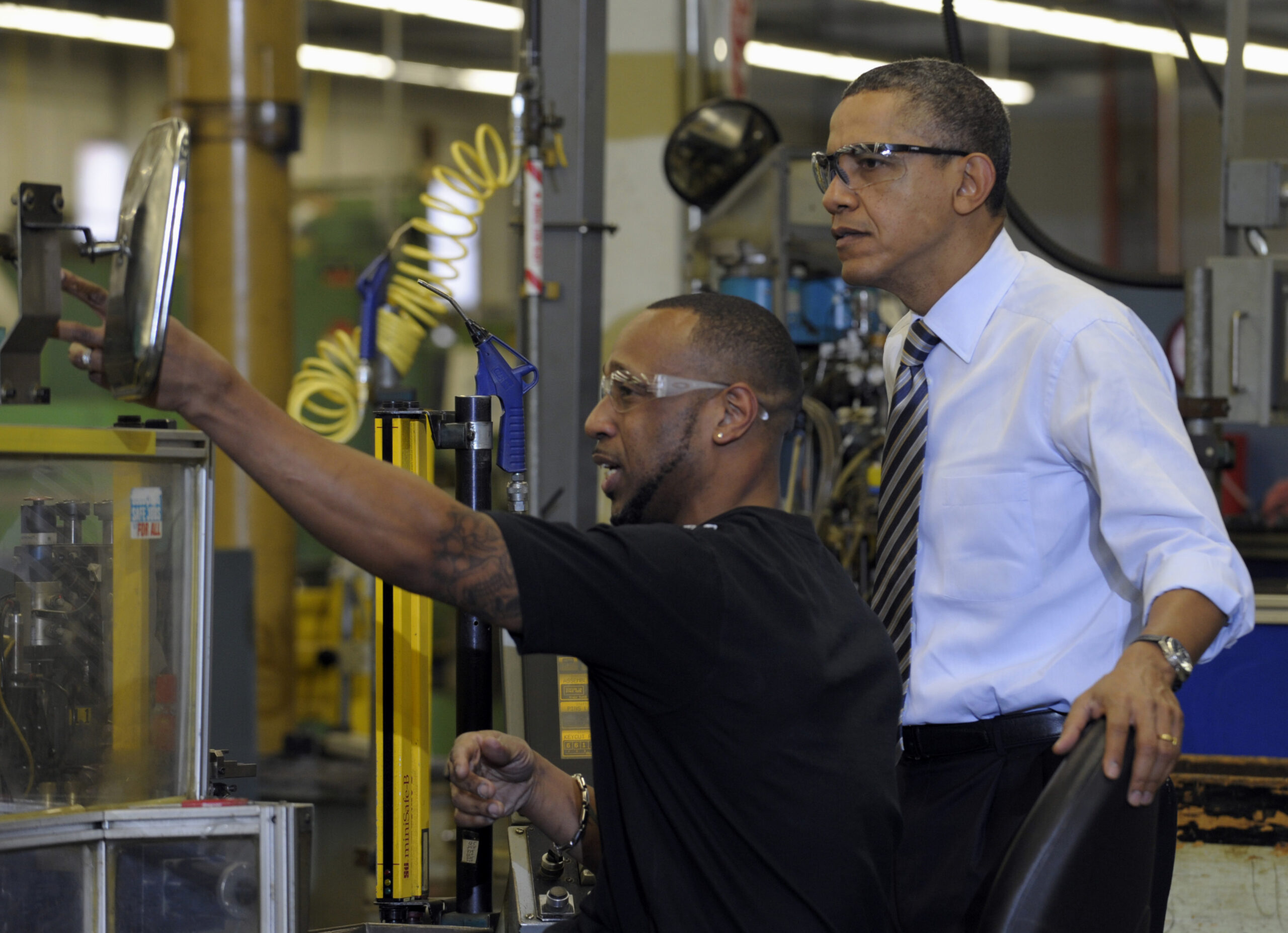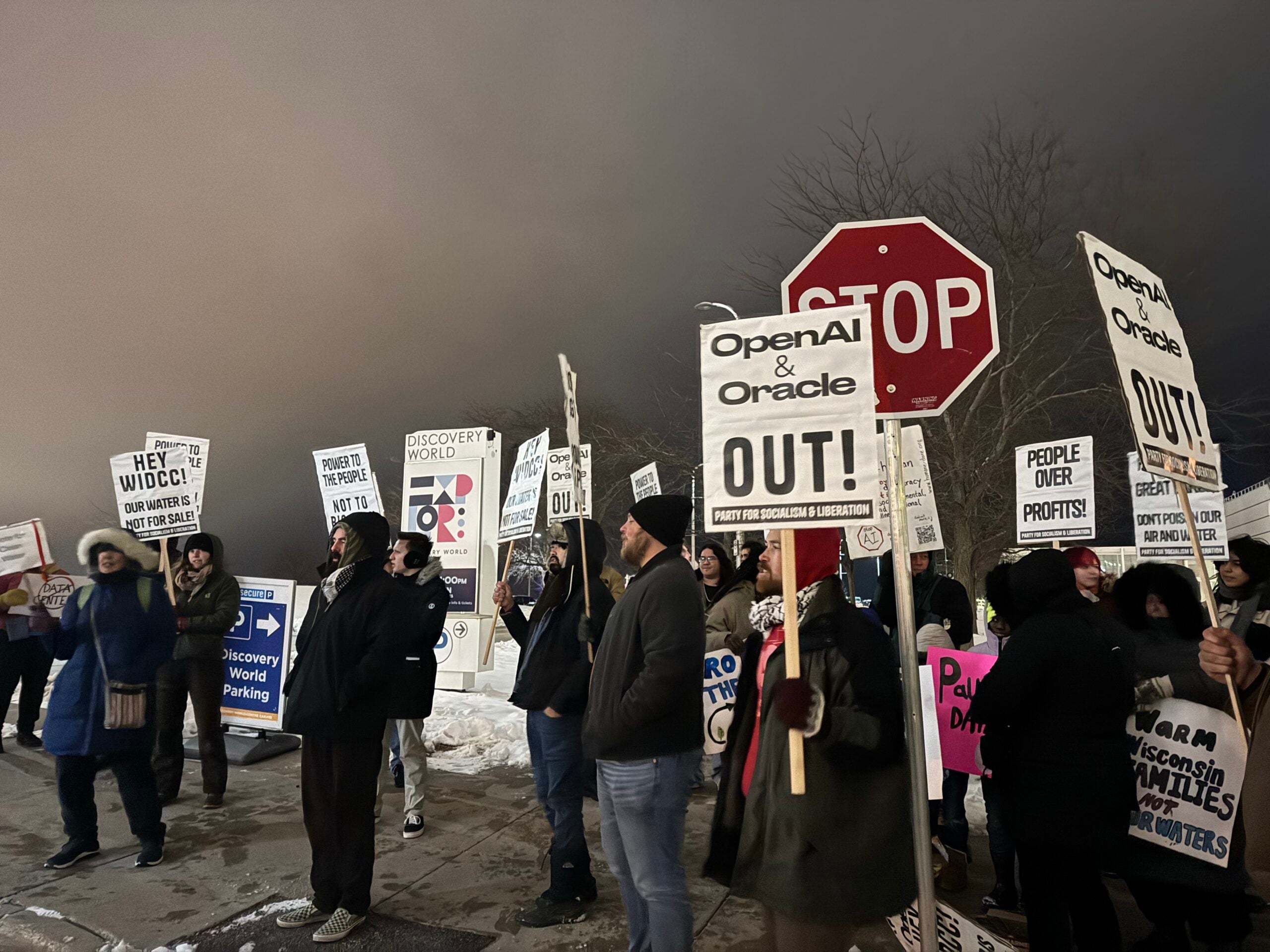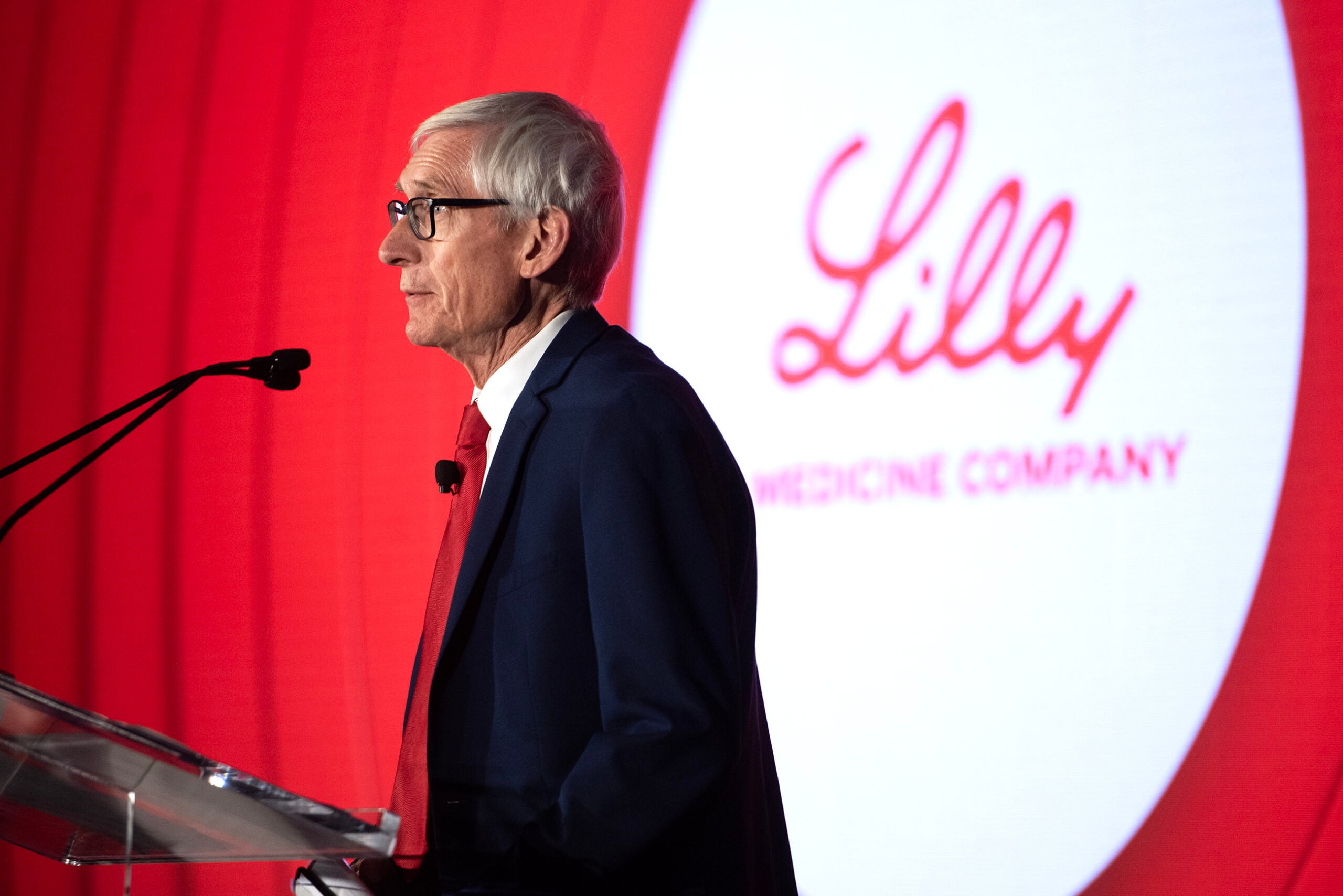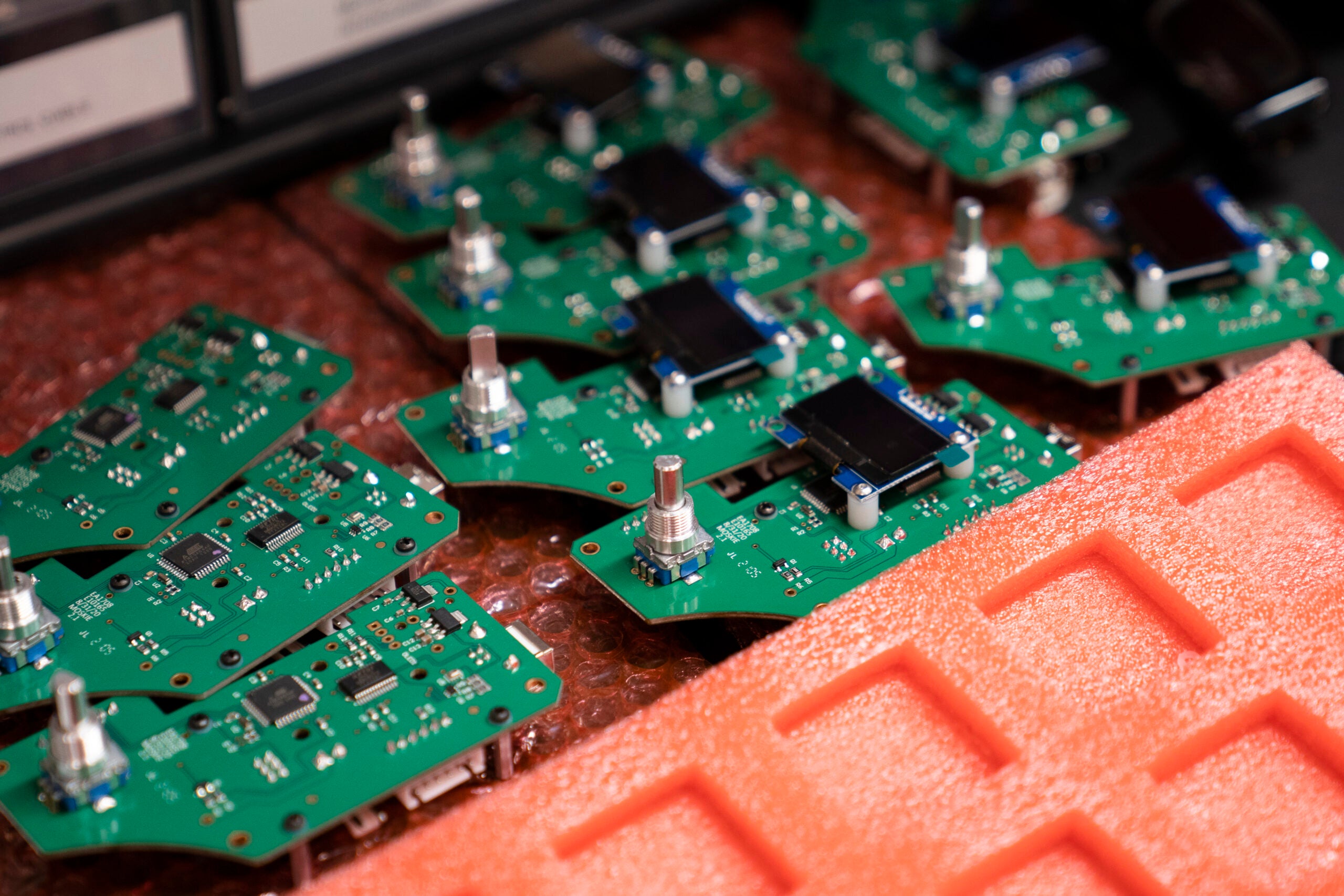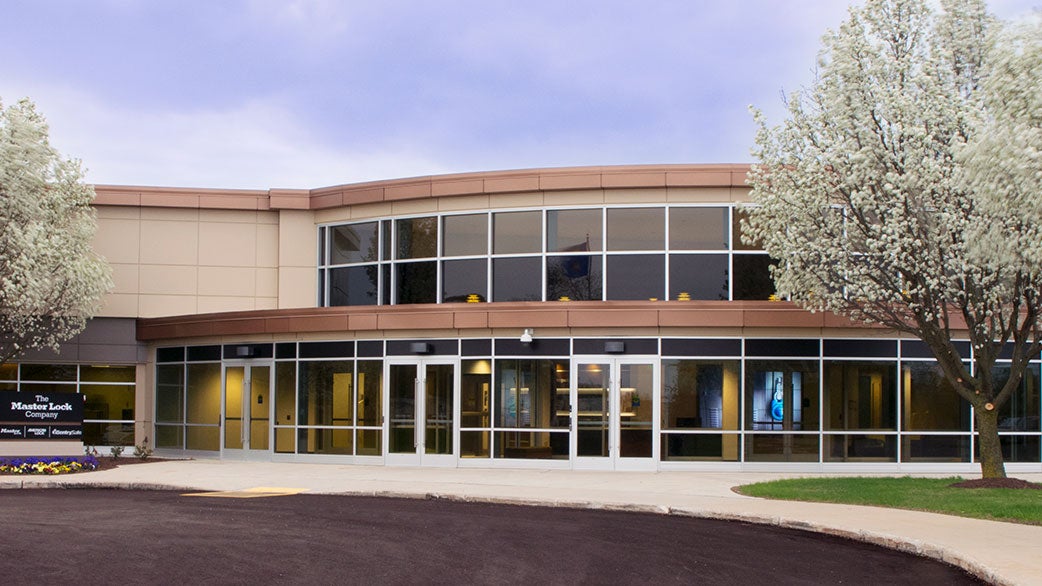A manufacturer with a 100-year history in Milwaukee will exit the city, leaving over 400 workers out of a job.
The departure comes as a new report shows the manufacturing industry’s workforce in Milwaukee and its suburbs shrank slightly over the last decade — while the area remains vital to the state’s manufacturing sector.
Master Lock will shutter its Milwaukee plant by next March and move production elsewhere in North America, according to the Milwaukee Journal Sentinel.
News with a little more humanity
WPR’s “Wisconsin Today” newsletter keeps you connected to the state you love without feeling overwhelmed. No paywall. No agenda. No corporate filter.
“This decision is not a reflection of the skills, performance or commitment of the Milwaukee workforce, and it was not made lightly,” the company said in a statement to WTMJ-TV. “Rather, this is an opportunity to continue to enhance our supply chain resilience, maximize potential growth of the business and maintain our competitiveness into the future.”
But the decision has drawn criticism from the United Auto Workers union and city leaders alike.
“I am enormously disappointed by the impending closure of the Master Lock facility,” Milwaukee Mayor Cavalier Johnson said in a statement. “It is a slap in the face to the hardworking Milwaukee employees. They certainly deserve greater respect and appreciation from their company.”
In a Facebook post, UAW Region 4 said the union is disgusted to see “another profitable corporation” choose to “close the doors of a manufacturing icon in America’s never-ending quest for profit, without any regard for the people amassing their wealth.”
Roughly 330 of the workers who will be laid off are union members.
Master Lock was founded 102 years ago in Milwaukee, and former President Barack Obama toured the Milwaukee plant in 2012 to tout job growth as the United States was coming out of the Great Recession.
Manufacturing jobs in Milwaukee shrank slightly since 2010
Master Lock’s announcement comes as the manufacturing sector in Milwaukee has struggled to grow over the last decade. That’s according to a report released earlier this month by the Metropolitan Milwaukee Association of Commerce that examines the industry in Milwaukee, Washington, Ozaukee and Waukesha counties.
Over the last decade, the sector’s real gross domestic product, or GDP — a measure of output that takes price changes into account — grew in Milwaukee and its suburbs at a slower pace than the state or nation, the report said.
From 2010 to 2021, the manufacturing jobs in those four counties shrank by 1.3 percent, or by 1,472, the report said.
Bret Mayborne, the association’s vice president of economic research, said one of the reasons behind the small decrease in manufacturing jobs could be the area’s slow population growth.
The number of people living in the city of Milwaukee has decreased by 17,611 since 2010 to reach 577,222 in 2020, the city’s lowest population since 1930. Milwaukee County also saw its population shrink during the same period, while Waukesha, Ozaukee and Washington counties each grew. For comparison, Dane County’s population growth of 73,431 people dwarfed Milwaukee and its suburban counties’ combined growth of 18,922.
“If you have demographic growth, that helps push growth in other sectors of your economy,” Mayborne said. “Some parts of the Milwaukee metro area have been growing demographically, but a lot of it has been somewhat stagnant. I think manufacturing is reflecting that to some extent.”
Manufacturing remains crucial to Milwaukee’s economy
Even so, Milwaukee has seen significant job growth in manufacturing since 2010 in positions like CNC operators, welders, industrial engineers and electrical engineers, the report said. And those working in manufacturing in Milwaukee and its suburbs typically make almost $10,000 more per year than their counterparts in other parts of Wisconsin.
The industry remains the Milwaukee area’s second-largest employer, behind only health care. And when it comes to the concentration of people working in manufacturing, Milwaukee ranks second among metro areas, behind only San Jose, the report said.
“We recognize in Milwaukee the importance of manufacturing to our local economy,” Mayborne said. “Versus other sectors, the manufacturing sector in Milwaukee pays about 20 percent more overall for employees, so that is a big factor in what contributes to the prosperity of the Milwaukee area.”
Manufacturing is not only important to Milwaukee and its suburbs, but the four counties are crucial to the health of the state’s manufacturing industry.
Metro Milwaukee’s manufacturing workforce makes up over one-fifth of the state’s manufacturing workforce, accounts for over a quarter of the industry’s real GDP in Wisconsin and houses 41.4 percent of the state’s manufacturing companies, according to the report.
“Milwaukee County is the No. 1 manufacturing county by number of firms in the state, and Waukesha is No. 2,” said Buckley Brinkman, executive director for the Wisconsin Center for Manufacturing & Productivity. “You’ve got one and two in that area of the state, and it’s always been a critical part of the manufacturing ecosystem.”
Wisconsin Public Radio, © Copyright 2025, Board of Regents of the University of Wisconsin System and Wisconsin Educational Communications Board.

